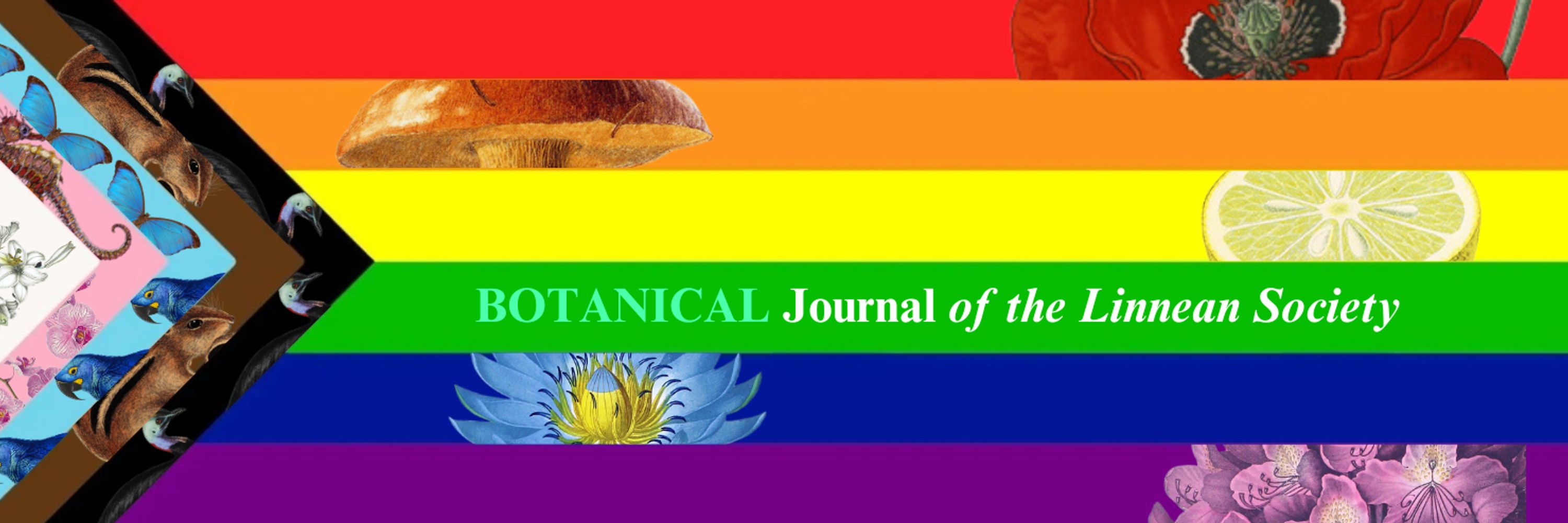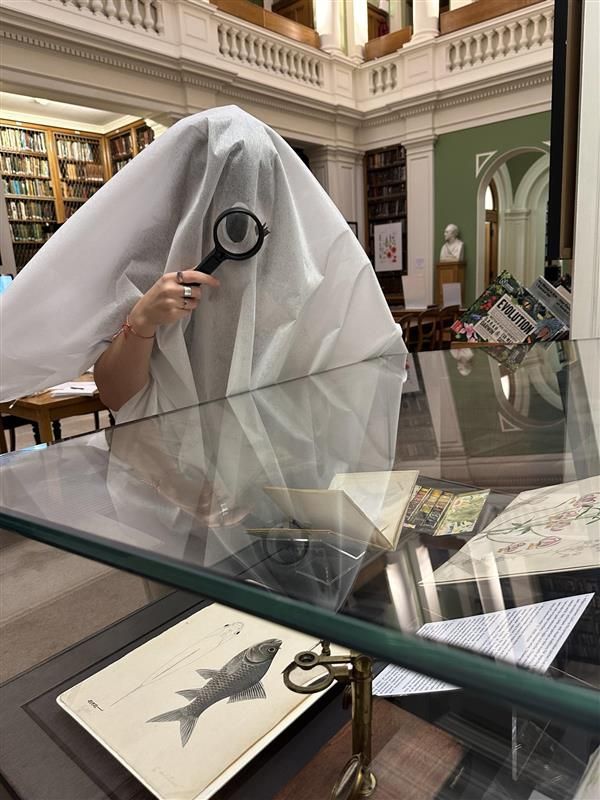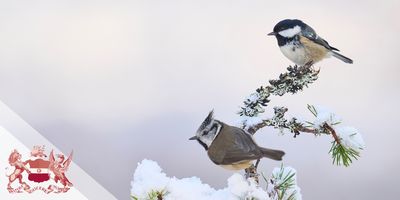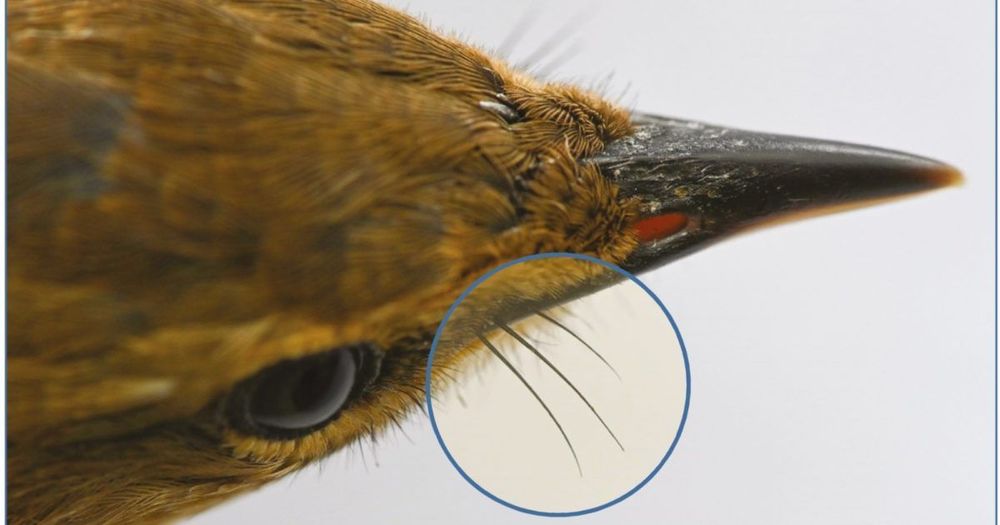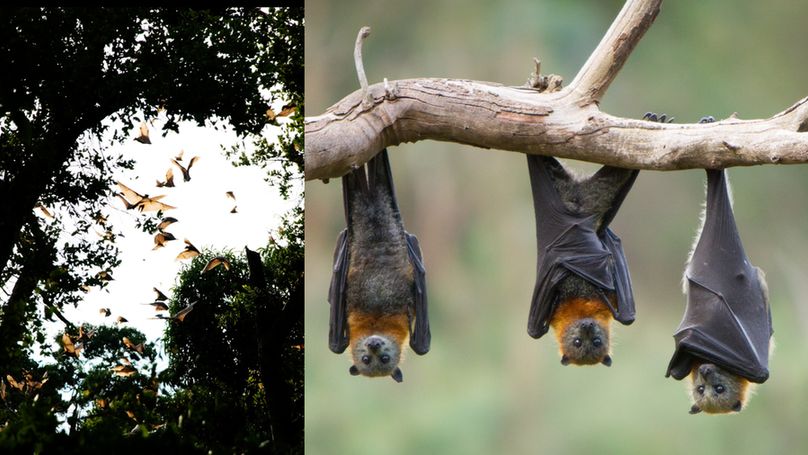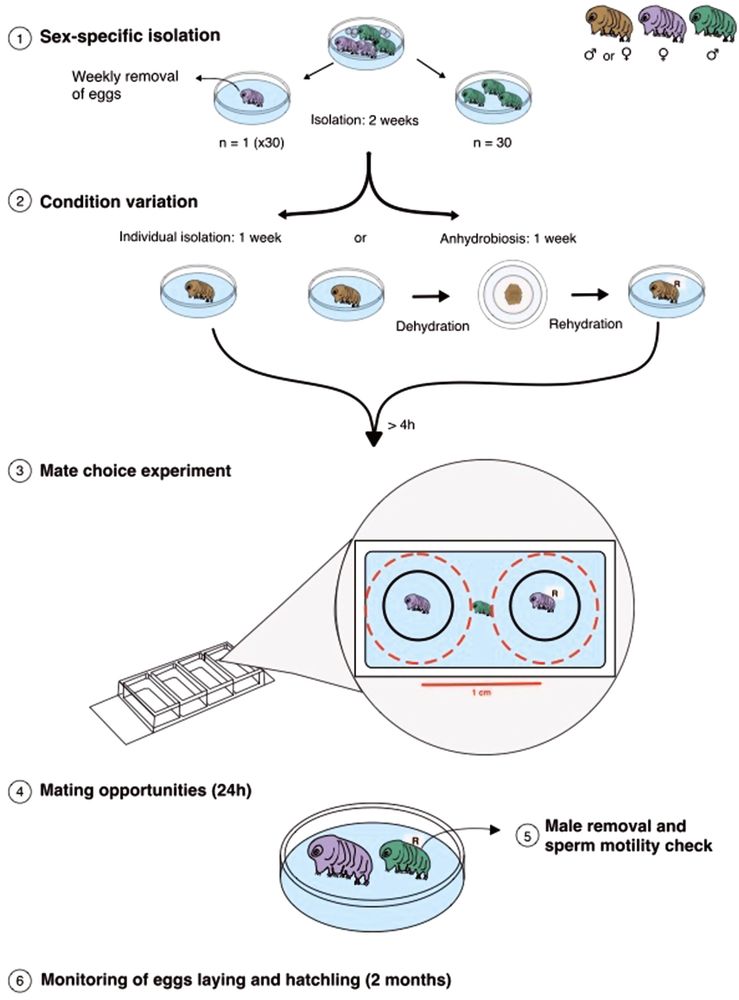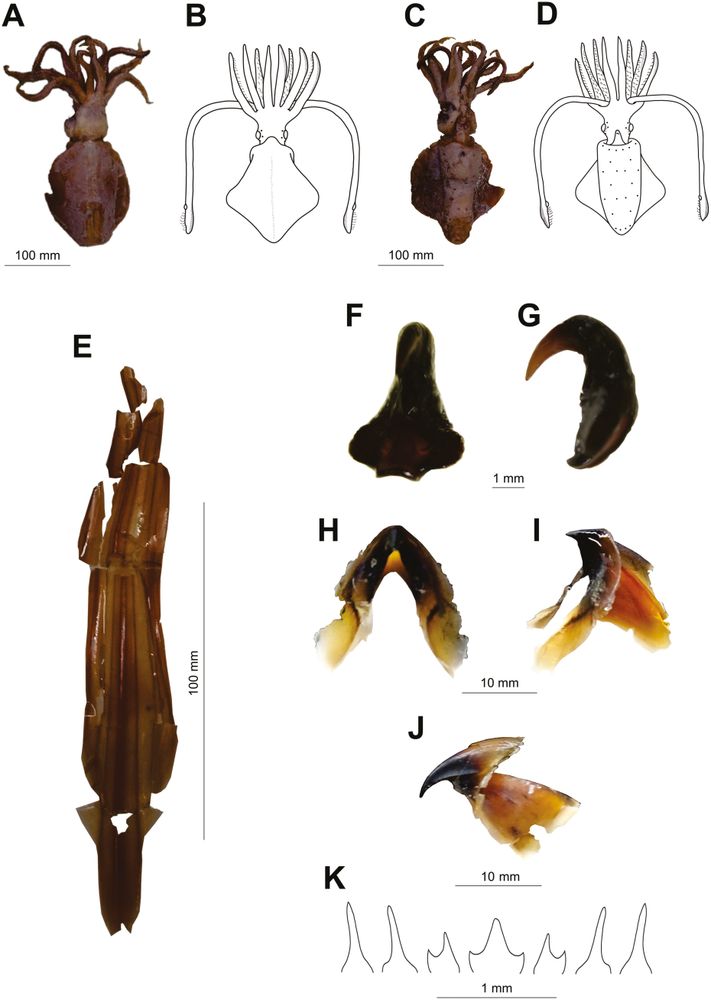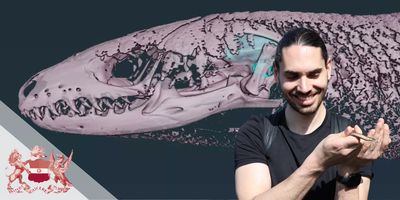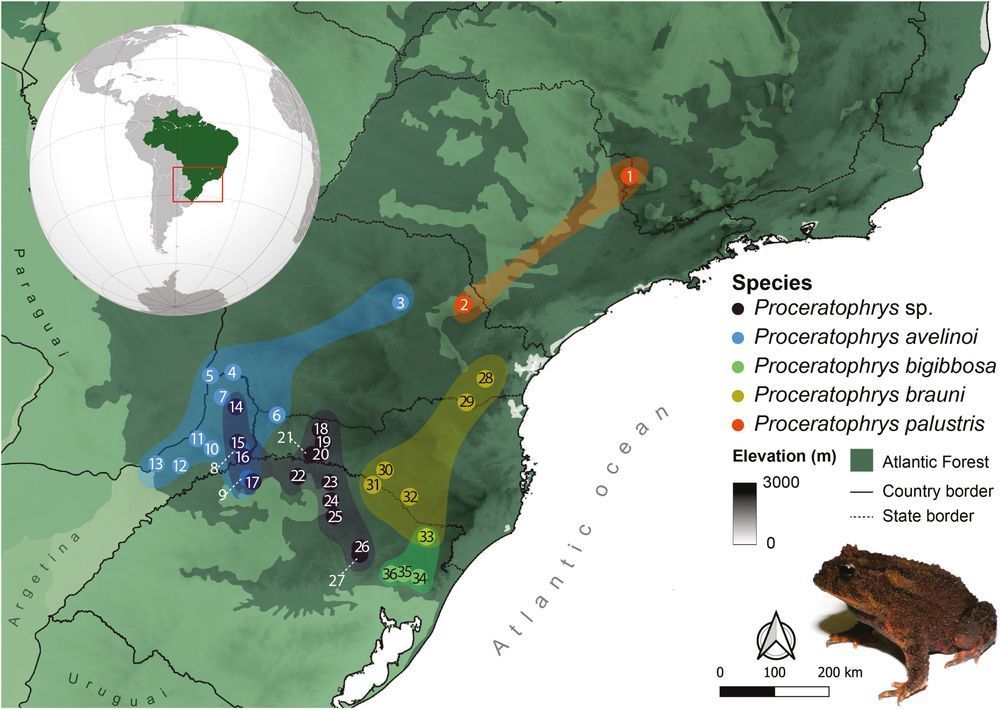Botanical Journal of the Linnean Society
@botjlinnsoc.bsky.social
1.3K followers
210 following
110 posts
International Botanical Journal covering all aspects of systematic & evolutionary botany of living & fossil plants & fungi 🌺🌿🌴🍄🟫
Homepage: https://academic.oup.com/botlinnean
Blog: https://www.linnean.org/news/categories/the-paper-trail
Posts
Media
Videos
Starter Packs
Reposted by Botanical Journal of the Linnean Society
Reposted by Botanical Journal of the Linnean Society
Reposted by Botanical Journal of the Linnean Society
Reposted by Botanical Journal of the Linnean Society
Reposted by Botanical Journal of the Linnean Society
Reposted by Botanical Journal of the Linnean Society
Reposted by Botanical Journal of the Linnean Society
Reposted by Botanical Journal of the Linnean Society
Reposted by Botanical Journal of the Linnean Society
Reposted by Botanical Journal of the Linnean Society
Reposted by Botanical Journal of the Linnean Society
Reposted by Botanical Journal of the Linnean Society
